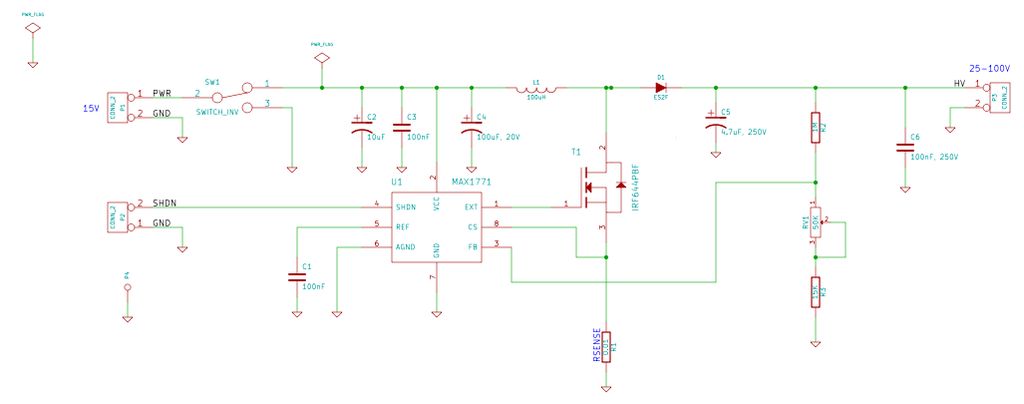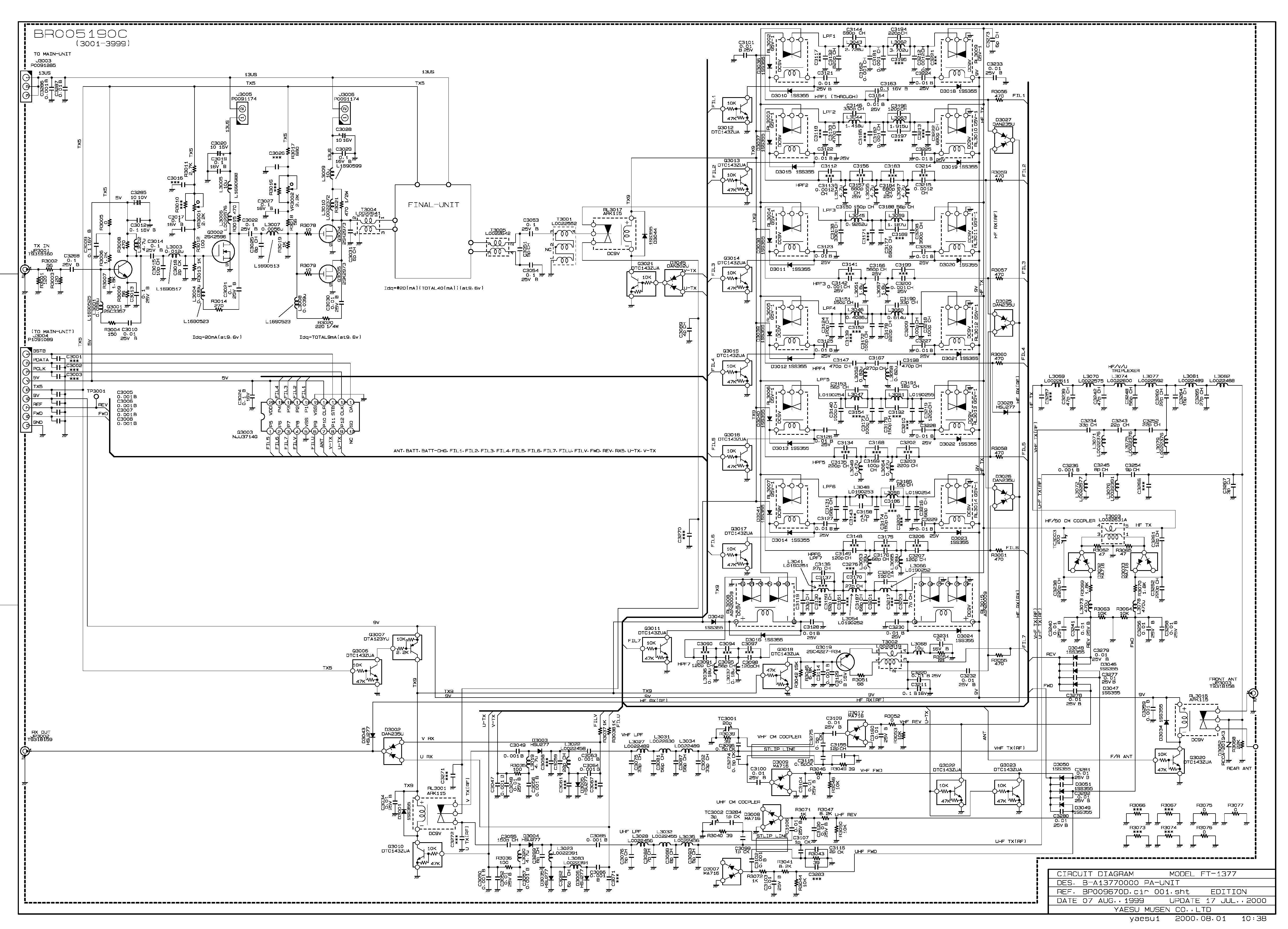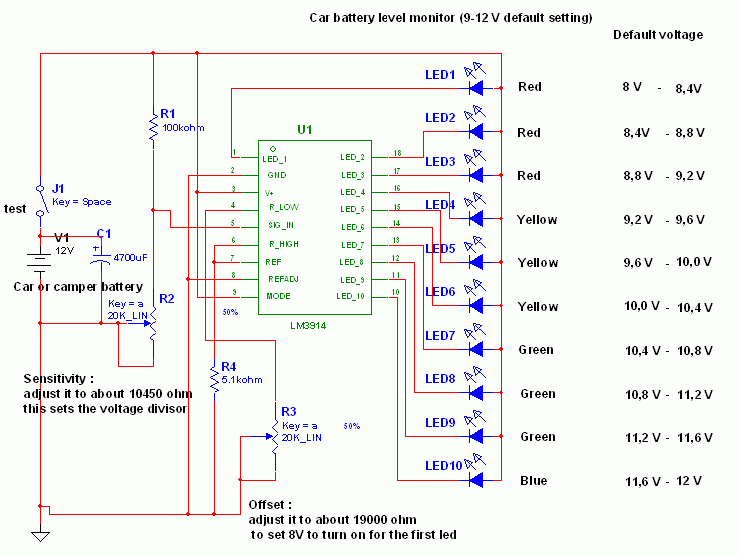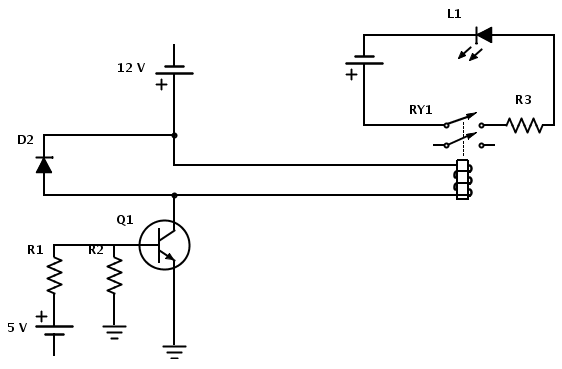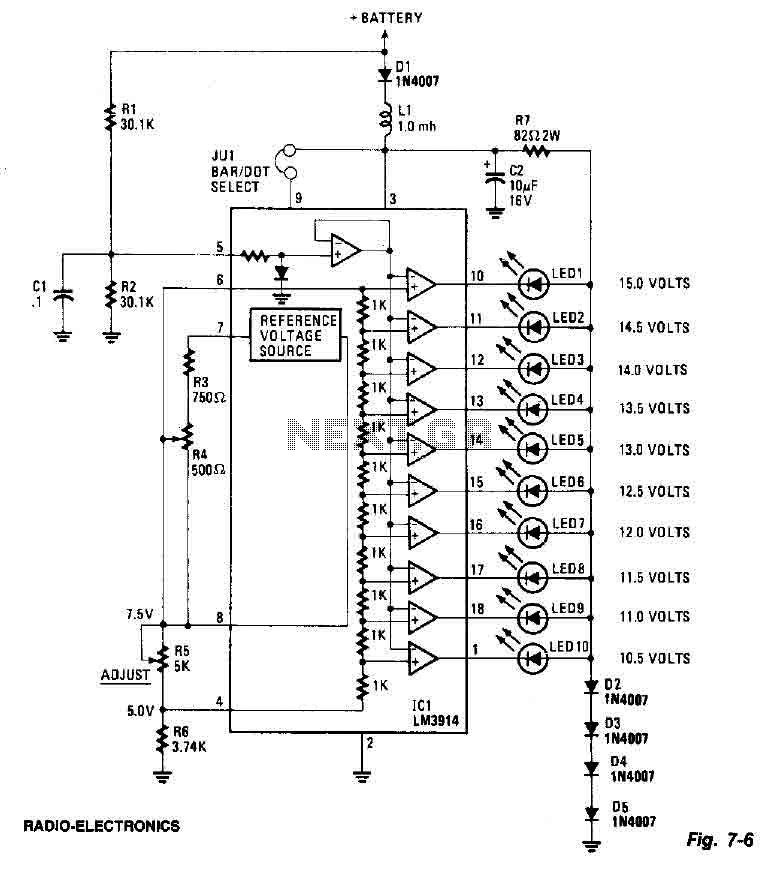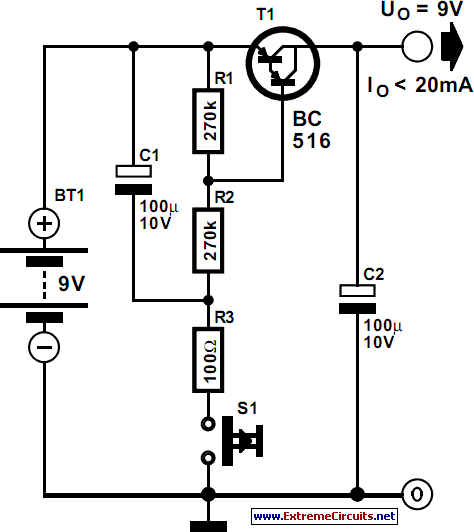
Low Power Negative Car Power Supply
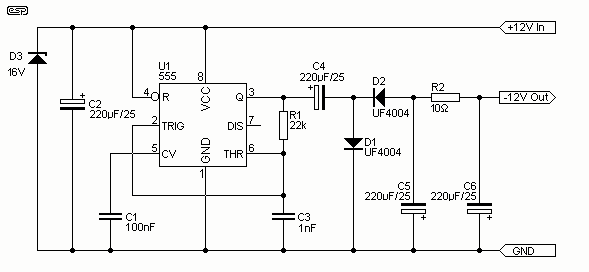
I have had a lot of queries about getting a low power negative supply in cars, to power Linkwitz transform circuits and the like. There is a switchmode converter, but I must admit that it is overkill for what most people need. Another project describes how to generate an "artificial earth (ground)", but this seems to have created more confusion than it's worth. In addition, some readers have had a great deal of trouble - especially with the transform circuit, because it has so much bass boost. In some cases, this can lead to instability - low frequency oscillation, commonly called "motorboating" because of the sound it makes.
A low power negative supply circuit can be essential for automotive applications, particularly when powering audio processing circuits like Linkwitz transform circuits. These circuits often require a dual power supply, with both positive and negative voltages, to operate effectively. A common solution for generating a low power negative voltage is to use a charge pump circuit, which can provide a negative voltage from a positive supply without the complexity of a switch-mode power supply.
The charge pump typically consists of a few key components: capacitors, diodes, and a switching element such as a transistor or a dedicated charge pump IC. The basic operation involves charging a capacitor to the positive supply voltage and then reversing the polarity through a diode to create a negative voltage. This method is efficient for low current applications and can be tailored to provide the required voltage level by adjusting the capacitor values and the switching frequency.
When implementing this circuit, it is crucial to consider the load characteristics of the Linkwitz transform circuit. High bass boost can lead to increased current demand, which may cause instability in the charge pump output. To mitigate this, it is advisable to use additional filtering capacitors at the output to smooth the voltage and prevent oscillations. Furthermore, ensuring that the circuit is stable under varying load conditions is vital to avoid phenomena such as "motorboating," which can occur due to feedback loops in audio circuits.
In conclusion, a charge pump is a practical solution for generating a low power negative supply in automotive applications, particularly for audio processing circuits. Proper design and component selection are necessary to ensure stability and performance, especially when dealing with high bass boost scenarios.I have had a lot of queries about getting a low power negative supply in cars, to power Linkwitz transform circuits and the like. There is a switchmode converter, but I must admit that it is overkill for what most people need. Another project describes how to generate an "artificial earth (ground)", but this seems to have created more confusion than it`s worth.
In addition, some readers have had a great deal of trouble - especially with the transform circuit, because it has so much bass boost. In some cases, this can lead to instability - low frequency oscillation, commonly called "motorboating" because of the sound it makes.
🔗 External reference
A low power negative supply circuit can be essential for automotive applications, particularly when powering audio processing circuits like Linkwitz transform circuits. These circuits often require a dual power supply, with both positive and negative voltages, to operate effectively. A common solution for generating a low power negative voltage is to use a charge pump circuit, which can provide a negative voltage from a positive supply without the complexity of a switch-mode power supply.
The charge pump typically consists of a few key components: capacitors, diodes, and a switching element such as a transistor or a dedicated charge pump IC. The basic operation involves charging a capacitor to the positive supply voltage and then reversing the polarity through a diode to create a negative voltage. This method is efficient for low current applications and can be tailored to provide the required voltage level by adjusting the capacitor values and the switching frequency.
When implementing this circuit, it is crucial to consider the load characteristics of the Linkwitz transform circuit. High bass boost can lead to increased current demand, which may cause instability in the charge pump output. To mitigate this, it is advisable to use additional filtering capacitors at the output to smooth the voltage and prevent oscillations. Furthermore, ensuring that the circuit is stable under varying load conditions is vital to avoid phenomena such as "motorboating," which can occur due to feedback loops in audio circuits.
In conclusion, a charge pump is a practical solution for generating a low power negative supply in automotive applications, particularly for audio processing circuits. Proper design and component selection are necessary to ensure stability and performance, especially when dealing with high bass boost scenarios.I have had a lot of queries about getting a low power negative supply in cars, to power Linkwitz transform circuits and the like. There is a switchmode converter, but I must admit that it is overkill for what most people need. Another project describes how to generate an "artificial earth (ground)", but this seems to have created more confusion than it`s worth.
In addition, some readers have had a great deal of trouble - especially with the transform circuit, because it has so much bass boost. In some cases, this can lead to instability - low frequency oscillation, commonly called "motorboating" because of the sound it makes.
🔗 External reference
